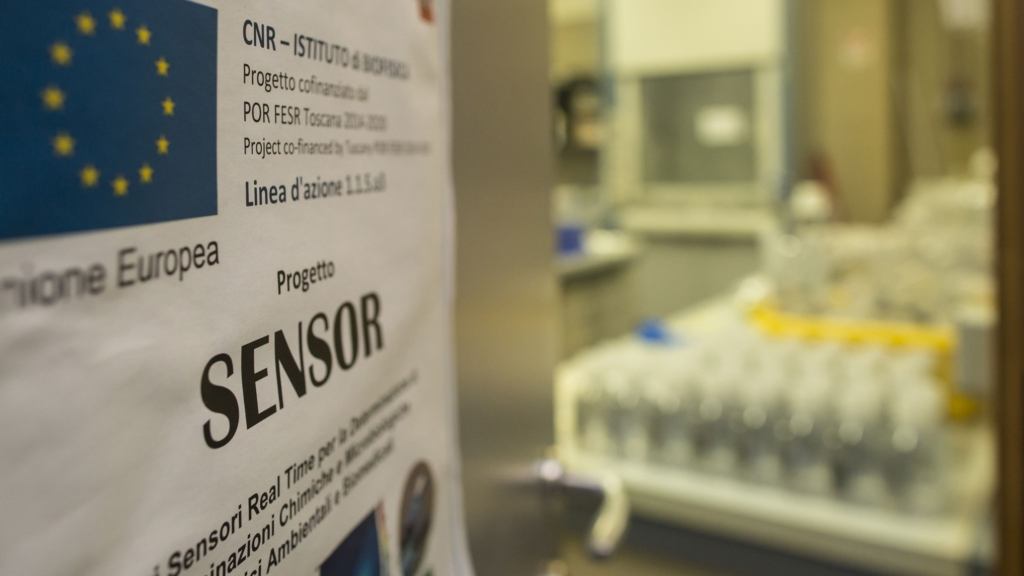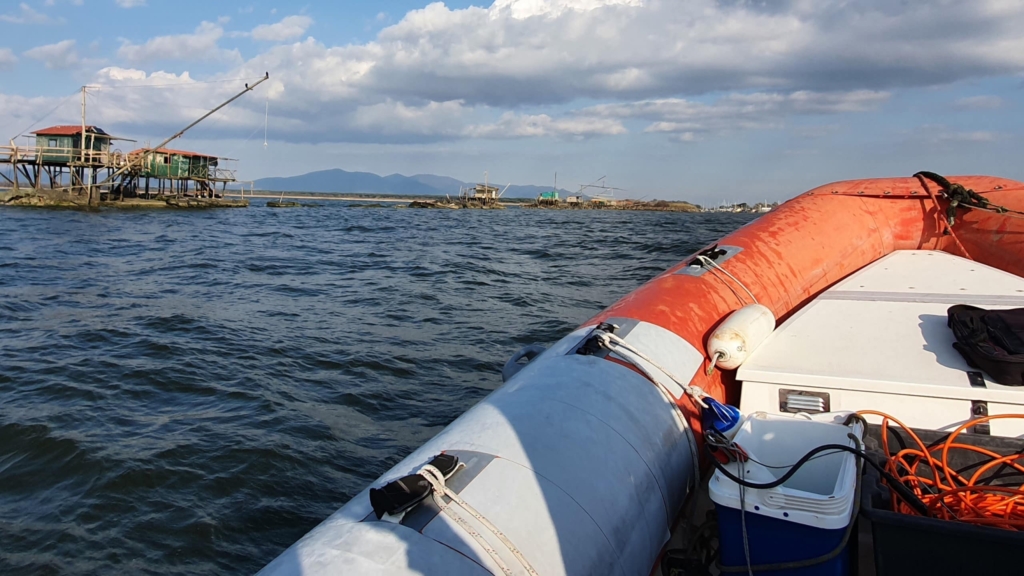Bioplastic is taking over on plastic. What is going to change for the marine environment?
In the last years, to face up to the excessive use of single-use plastic items and to mitigate the enormous effect that these are having on aquatic ecosystems, the production and use of bioplastics are increasing. The term bioplastic refers to the materials which are partially or entirely of biological origin (e.g. corn or cellulose), and/or biodegradable (definition from Europen Bioplastics). The time that takes an object to biodegrade can change according to its size and to the composition of the bioplastic.
The substantial effect of plastic on the marine ecosystem and on marine animals it already well known. The question is now, which can be the effect of bioplastics? Being a highly degradable material, our hypothesis is that it can release a higher amount of DOM compared to traditional plastic and as a consequence, with equal quantity, its impact on the marine environment could be even higher in the short term period.
Bioplastic: trash or resource?
A recent sudy demonstrated that the traditional plastic floating in the ocean releases a significant amount of DOM, which stimulate bacterial growth, altering the composition and activity of the marine foodweb.
La!DOM decided to carry out a series of experiments in order to evaluate the amount and quality of DOM released by bioplastic in the sea and its impact on the bacterial community (which feed on DOM).
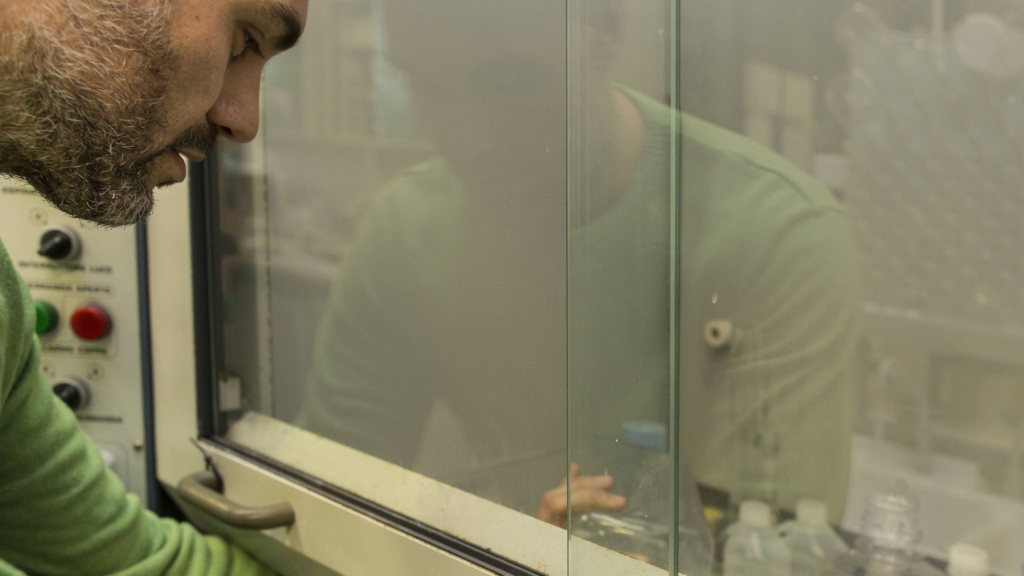
The phases of the project
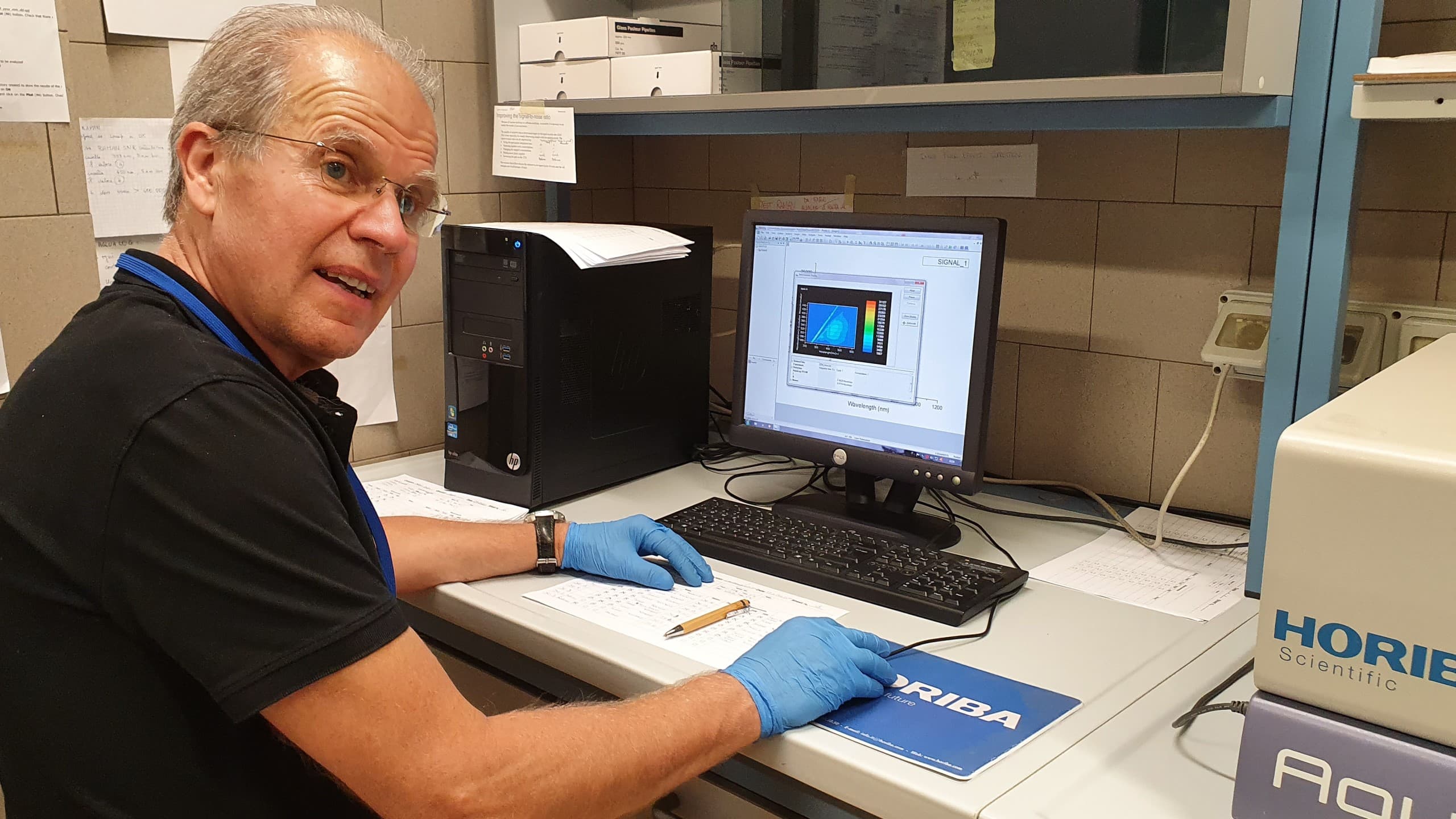
Valter is measuring a fluorescence matrix of the substances relessead by bioplastics
DOM release from bioplastics, a preliminary experiment
In August 2019 we carried out a preliminary experiment to evaluate the DOM release from bioplastics. We selected two type of bioplastic (PLA, polylactic acid, and Mater-Bi), one mixed plastic (PET, polyethylene terephthalate) and one synthetic plastic (PS, polystyrene). We have used single-use plastic items such as cutlery, glasses, bottles and bags. The items were cutted into pieces and incubated in seawater for 1 month. The results of this preliminary experiment showed that the bioplastics release more DOM compared to traditional synthetic plastic.
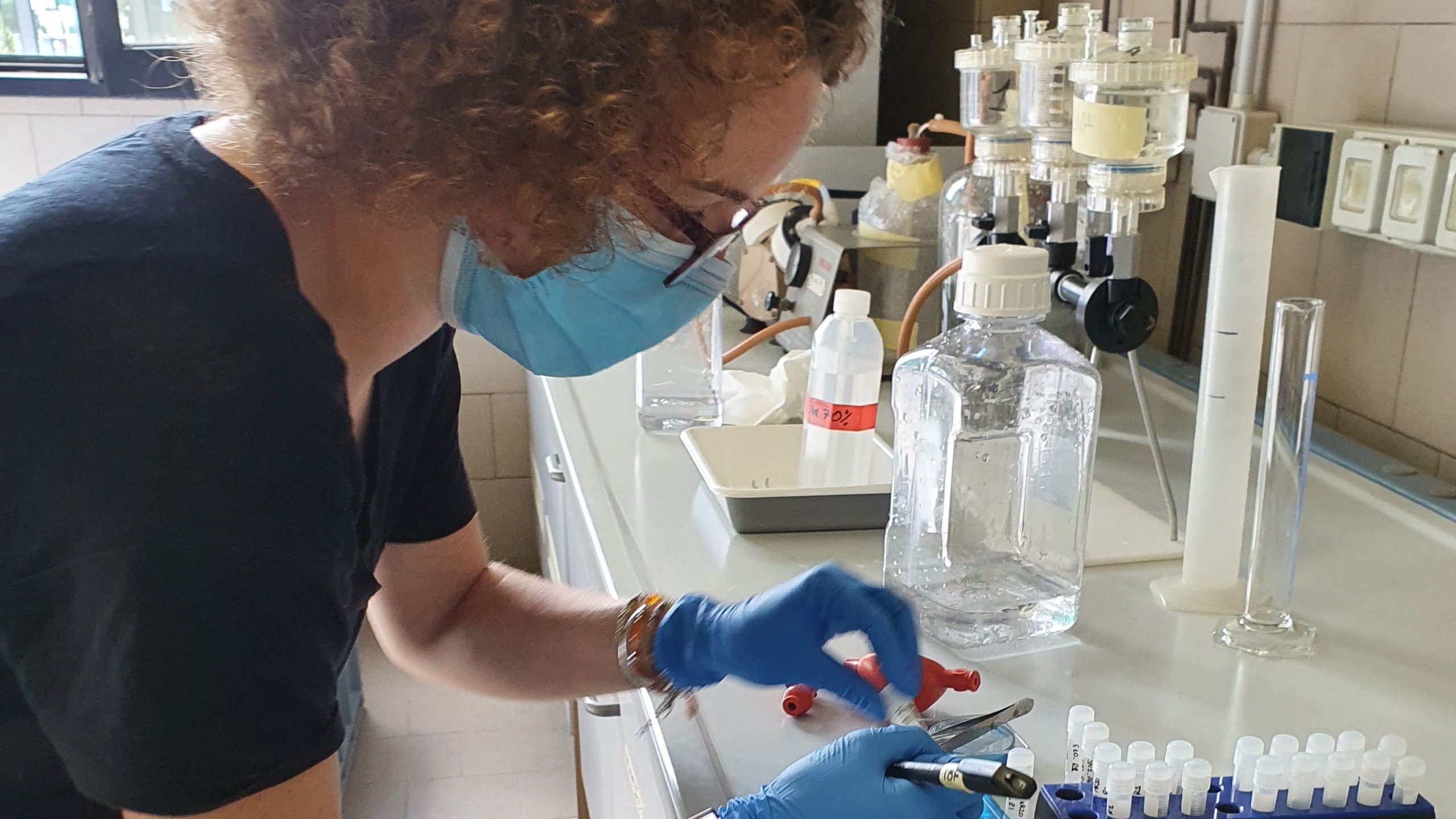
Simona is collecting samples for bacterial abundance
Toward the next experiment
We are now planning a new experiment to evaluate the effect of bioplatics on the marine food web while taking into account also the photodegradation processes. We’ll focus on the bioavailability of the relased DOM for the heterotrophic prokaryotes (marine bacteria). We believe that this experiment will bring new and important results. We are looking for small companies interested in financing this type of experiments or partners to present future projects on this topic.

Simona is collecting samples for bacterial abundance
Do you want to have personalized information about the project and its application possibilities?
Other projects that may interest you
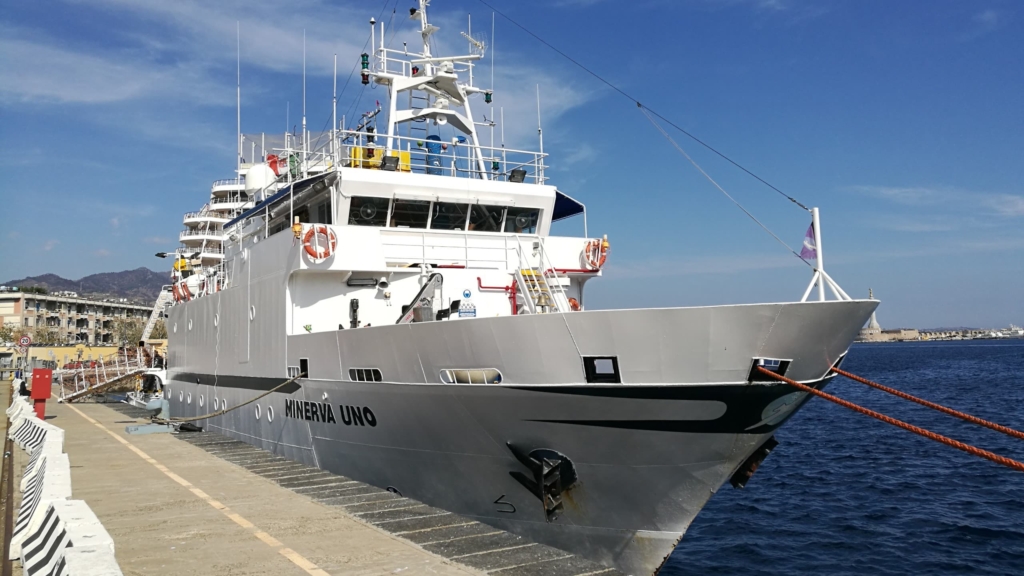
Oceanographic cruises, Projects
